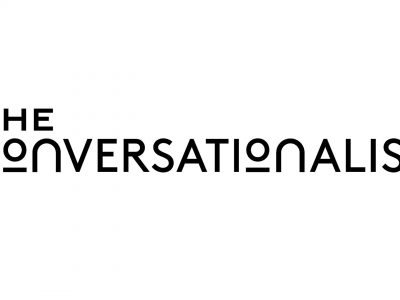WP_Post Object
(
[ID] => 1159
[post_author] => 2
[post_date] => 2019-06-26 16:59:51
[post_date_gmt] => 2019-06-26 16:59:51
[post_content] => We've changed our name and expanded our mission, but our ethos remains the same
In 2017 a group of journalists and academics with expertise in authoritarianism launched a Medium blog called The Anti-Nihilist Institute. Over the ensuing months they wrote sharp analysis about the historical and social context of anti-democratic forces, and published thought provoking interviews with experts in the field. With a rapidly growing readership of thoughtful people seeking new thinking about critical issues, the founders decided to migrate the Medium blog to its own, dedicated website.
We are delighted to announce that the launch of our new website comes with a new name — The Conversationalist.
The name reflects our expanded mission, which is to bring together thoughtful writers who are experts in a variety of fields to provide new insights into critical issues. Over the past half year we have published thought provoking articles on diverse topics that range from the role of art in times of political despair to a new way of thinking about how to treat opioid addicts. The thread that links these many ideas together is one of creative new approaches to the urgent issues of our times, from social inequality to the stale thinking that underlies political stagnation. We invite you, our readers, to contribute to this conversation: share our articles on social media, comment on our Facebook, Twitter, and Instagram accounts, and send us your ideas for new topics to write about here.
We look forward to playing a role in supporting an ongoing conversation about how to make our society more inclusive, healthy, environmentally sustainable, and thoughtful.
[post_title] => The Conversationalist: a new name and an expanded mission
[post_excerpt] => The thread that links these many ideas together is the intention to inspire creative new approaches to the urgent issues of our times, from social inequality to the stale thinking that underlies political stagnation.
[post_status] => publish
[comment_status] => open
[ping_status] => open
[post_password] =>
[post_name] => the-conversationalist-a-new-name-and-an-expanded-mission
[to_ping] =>
[pinged] =>
[post_modified] => 2024-08-28 21:15:14
[post_modified_gmt] => 2024-08-28 21:15:14
[post_content_filtered] =>
[post_parent] => 0
[guid] => https://conversationalist.org/?p=1159
[menu_order] => 319
[post_type] => post
[post_mime_type] =>
[comment_count] => 0
[filter] => raw
)









 Photo by Victoria Heath on Unsplash[/caption]
Photo by Victoria Heath on Unsplash[/caption]


 A Dick Captured by the FSB, 2010, Liteiny Bridge, St. Petersburg. (photo: Voina)[/caption]
A Dick Captured by the FSB, 2010, Liteiny Bridge, St. Petersburg. (photo: Voina)[/caption]
 Childish Gambino (This is America, screencap)[/caption]
Childish Gambino (This is America, screencap)[/caption]
 Landscape by Arkadiy Aktsynov and Lyudmila Aktsynova, 1962. Oil and cardboard.[/caption]
Landscape by Arkadiy Aktsynov and Lyudmila Aktsynova, 1962. Oil and cardboard.[/caption]
 Swan Lake graffiti by
Swan Lake graffiti by  Russian Questions and Life of Marvellous Monroes shining with gold and silver foil. (New Museum)[/caption]
Russian Questions and Life of Marvellous Monroes shining with gold and silver foil. (New Museum)[/caption]
